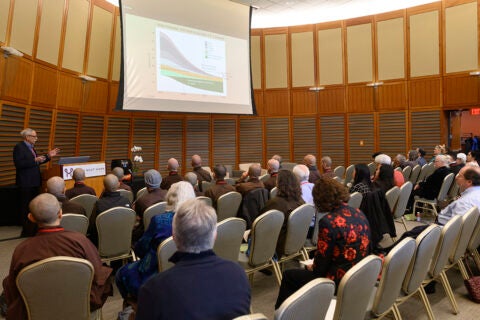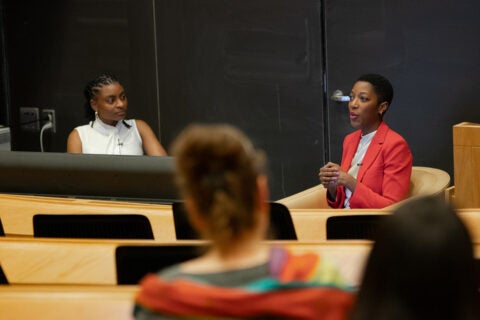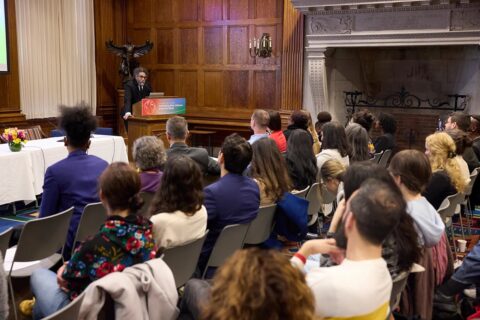Public Views of H1N1 Vaccine Shortage

FIELD DATES: October 30 – November 1, 2009
SELECT FINDINGS:
- Challenges to getting H1N1 vaccine — Since the H1N1 flu vaccine became available in October, 17% of American adults, 41% of parents, and 21% of high-priority adults tried to get it. Among adults who tried to get it for themselves, 30% were able to get the vaccine and 70% were unable to get it. Among parents who tried to get the H1N1 vaccine for their children, 34% were able to get it and 66% were unable to get it. Among high priority adults who tried to get the H1N1 vaccine, 34% were able to get it and 66% were unable to get it.
- Personal reactions to the experience of trying to get H1N1 vaccination – The poll suggests that nearly a third (29%) of those who have tried and could not get the vaccine (either for themselves or for their children) were very frustrated. That said, most who have tried and not been able to get it yet (91%) said they would try again this year to get the vaccine for themselves, their children or both.
- Response to H1N1 vaccine shortage overall – Looking more broadly at the issue of vaccine shortages, most Americans (82%) believed there is a shortage of H1N1 vaccine in the United States, and approximately 4 in 10 (41%) believed this is a major problem for the country. More than half of adults (60%) believed there is a shortage of H1N1 vaccine in their community. Forty percent believed there will still not be enough H1N1 flu vaccine by the end of November for everyone in their community who wants it. Nearly a quarter (24%) said it will be a very serious problem for them and their immediate family if the H1N1 vaccine is not available by then.
METHODS AND SAMPLE: Telephone poll conducted with a representative national sample of 1,073 adults age 18 and over, including oversamples of non-Hispanic African Americans and Hispanics. 107 non-Hispanic African Americans and 141 Hispanics were interviewed.
FOR MORE INFORMATION:



